Author: Yotam
-
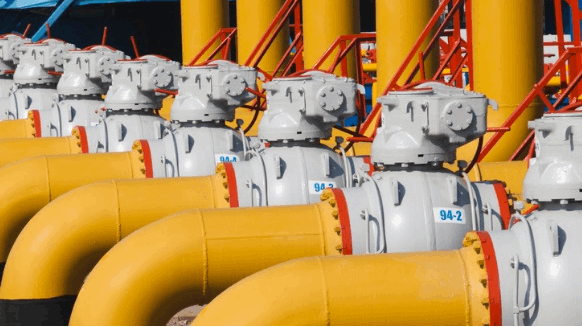
Bloomberg: EPA Launches Investigation Into Massive Florida Methane Leak
U.S. Environmental Protection Agency launched an investigation into the Florida methane release (first detected by Bluefield’s BFX-2 algorithm)
-
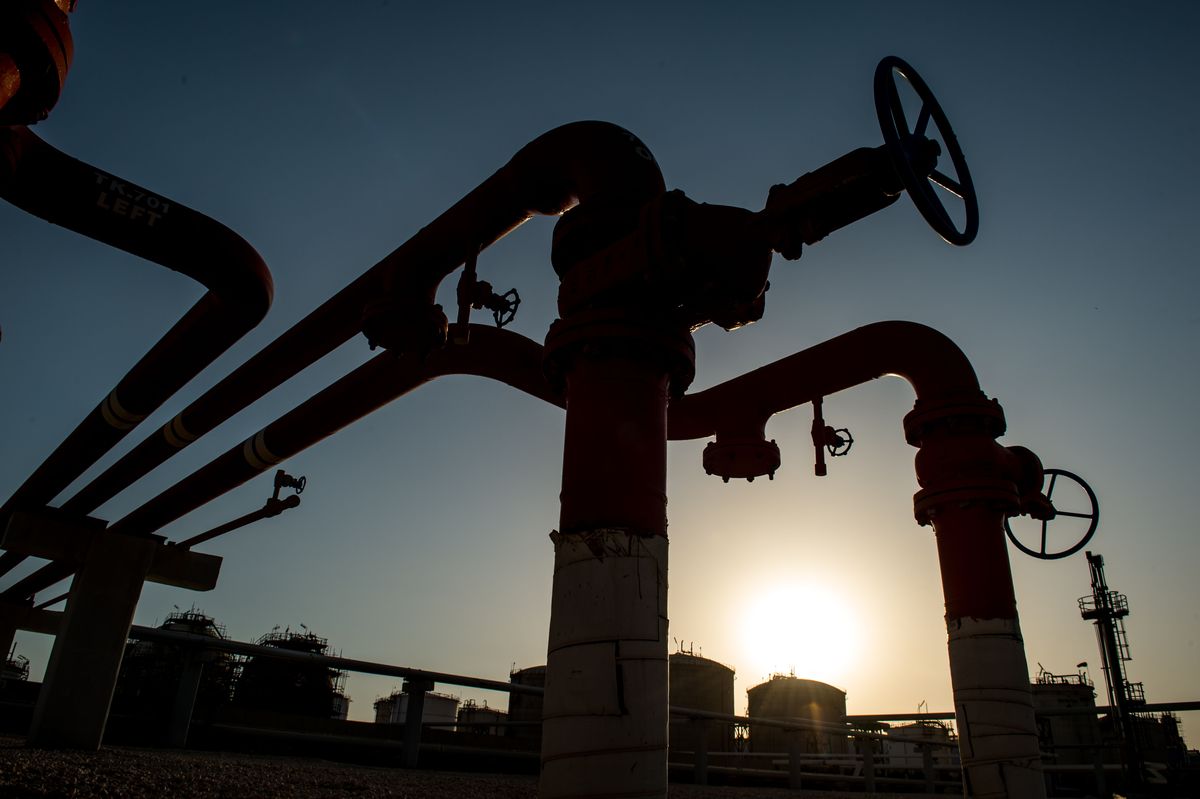
Bloomberg: Florida Offers Pipeline Clue in Mystery of Giant Methane Leak
The state’s Department of Environmental Protection said Friday that methane was “vented” during the intentional emergency shutdown of a natural gas compression facility on May 2.
-
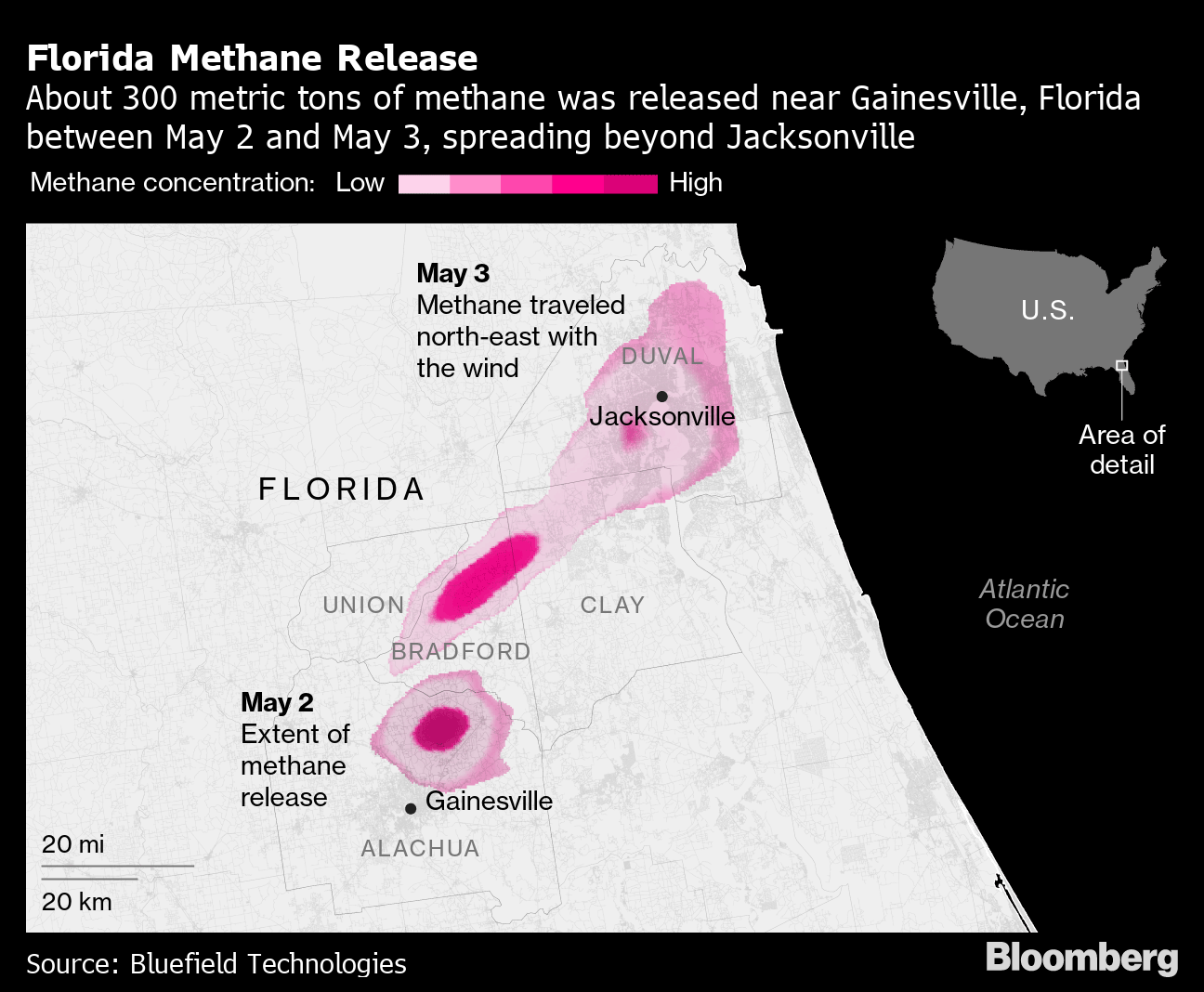
Bloomberg: No One Is Owning Up to Releasing Cloud of Methane in Florida
Bluefield Technologies estimates about 300 tons of the greenhouse gas were released north of Gainesville in early May
-
![[Press release] Bluefield Takes the Lead in Methane Detection: the Florida Leak](https://bluefield.co/wp-content/uploads/2020/07/Bluefield-press-release-–-Florida-May-2-2020.jpg)
[Press release] Bluefield Takes the Lead in Methane Detection: the Florida Leak
[vc_row type=”in_container” full_screen_row_position=”middle” scene_position=”center” text_color=”dark” text_align=”left” overlay_strength=”0.3″ shape_divider_position=”bottom” bg_image_animation=”none”][vc_column column_padding=”no-extra-padding” column_padding_position=”all” background_color_opacity=”1″ background_hover_color_opacity=”1″ column_link_target=”_self” column_shadow=”none” column_border_radius=”none” width=”2/3″ tablet_width_inherit=”default” tablet_text_alignment=”default” phone_text_alignment=”default” column_border_width=”none” column_border_style=”solid” bg_image_animation=”none”][vc_column_text]Bluefield Technologies, a leading technology firm specialized in methane detection and tracking, was the first in the world to identify a significant methane release that occurred in Florida. Bluefield’s BFX-2, an advanced emission…
-
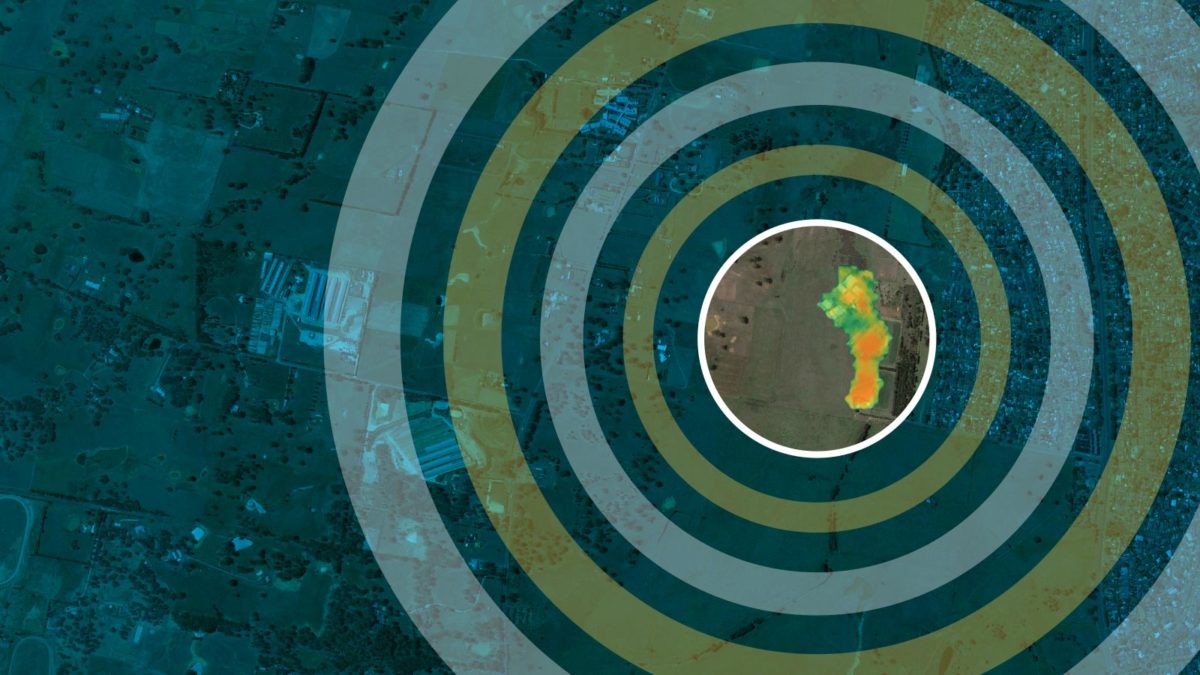
Aerospace America: Targeting Methane
No longer the sole purview of government space agencies and researchers, methane monitoring from space is emerging as a private-sector enterprise, with potential benefits for industry as well as climate science. Adam Hadhazy checks in with the market leaders.
-
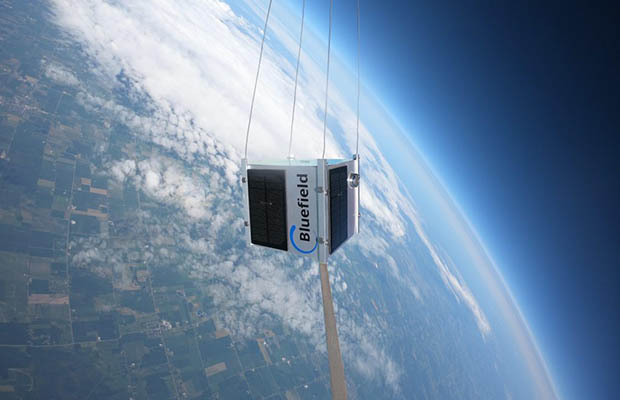
Scientific American: Private Space Race Targets Greenhouse Gas Emitters
-
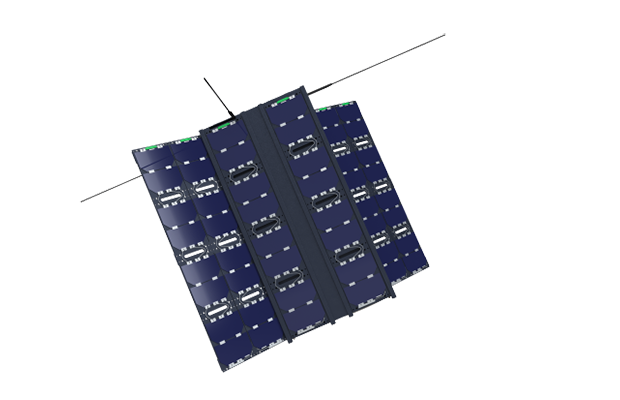
Geospatial World: Silicon Valley Startup Pinpoints Methane Emissions Using Satellites
-
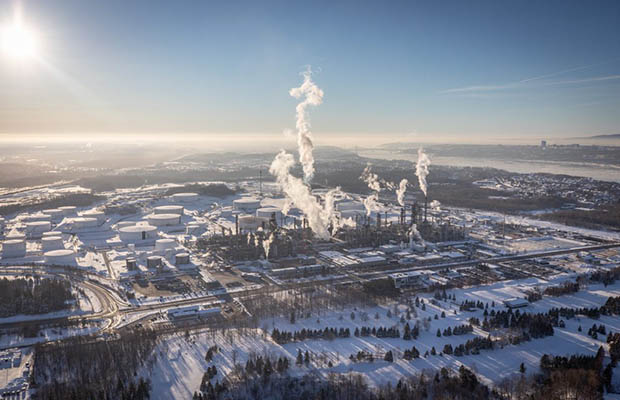
SpaceNews: Bluefield Adds Customers for Methane Detection
-
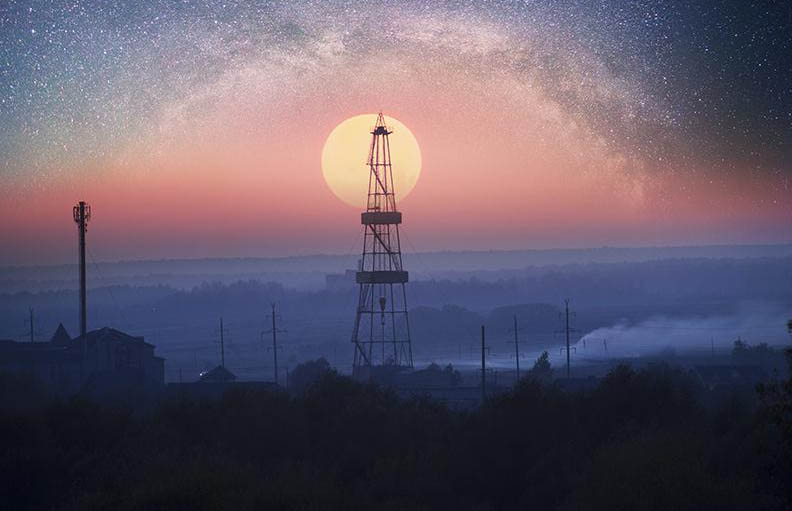
Hart Energy: Why Satellites Could Unlock The Future Of Natural Gas
-
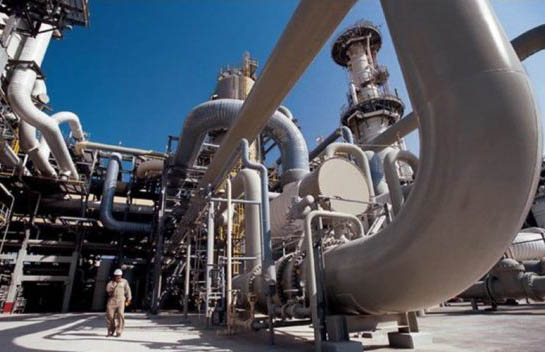
Blog Post: Why Do Oil Companies Care About Methane Leaks? It’s Not (Quite) What You’ve Heard